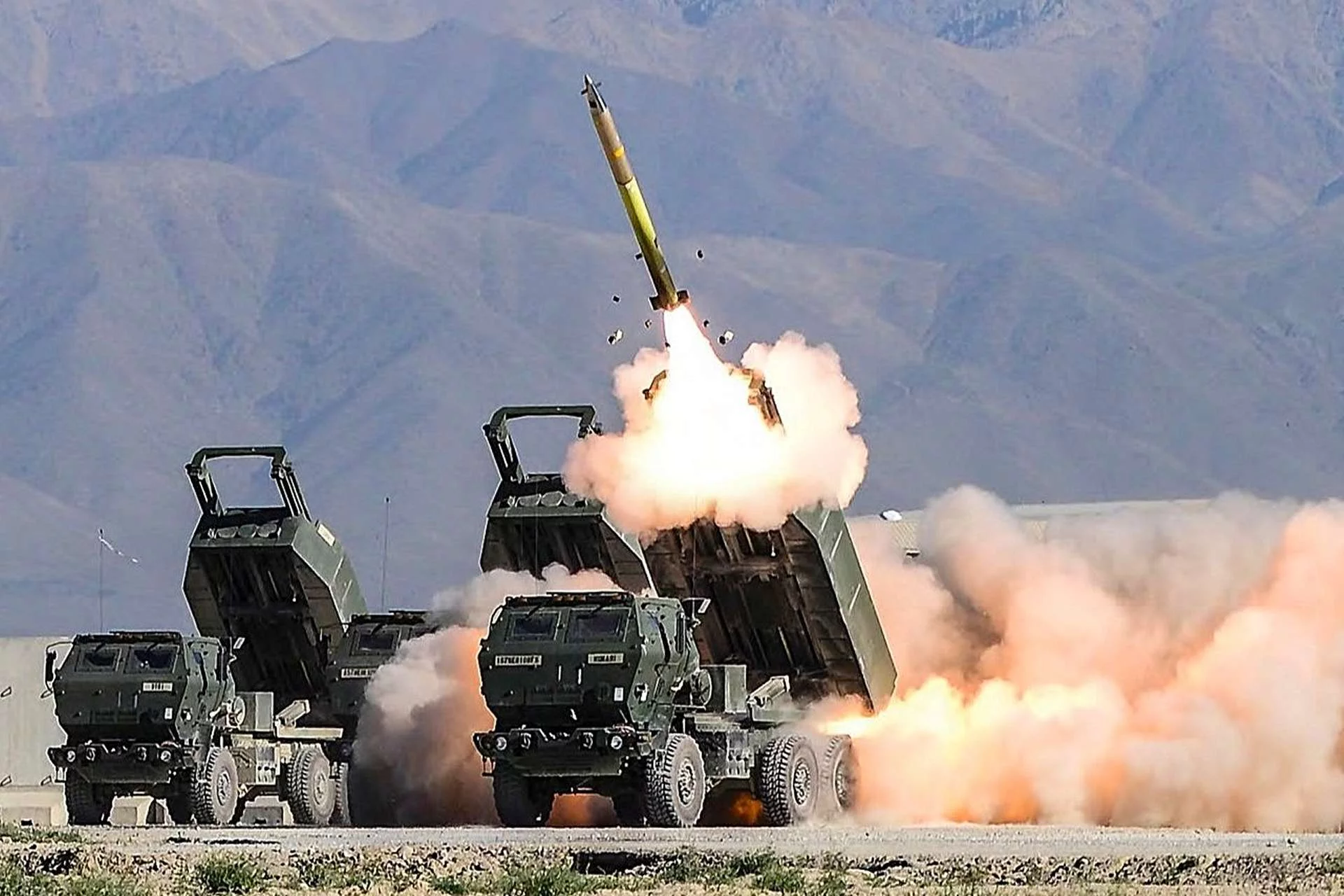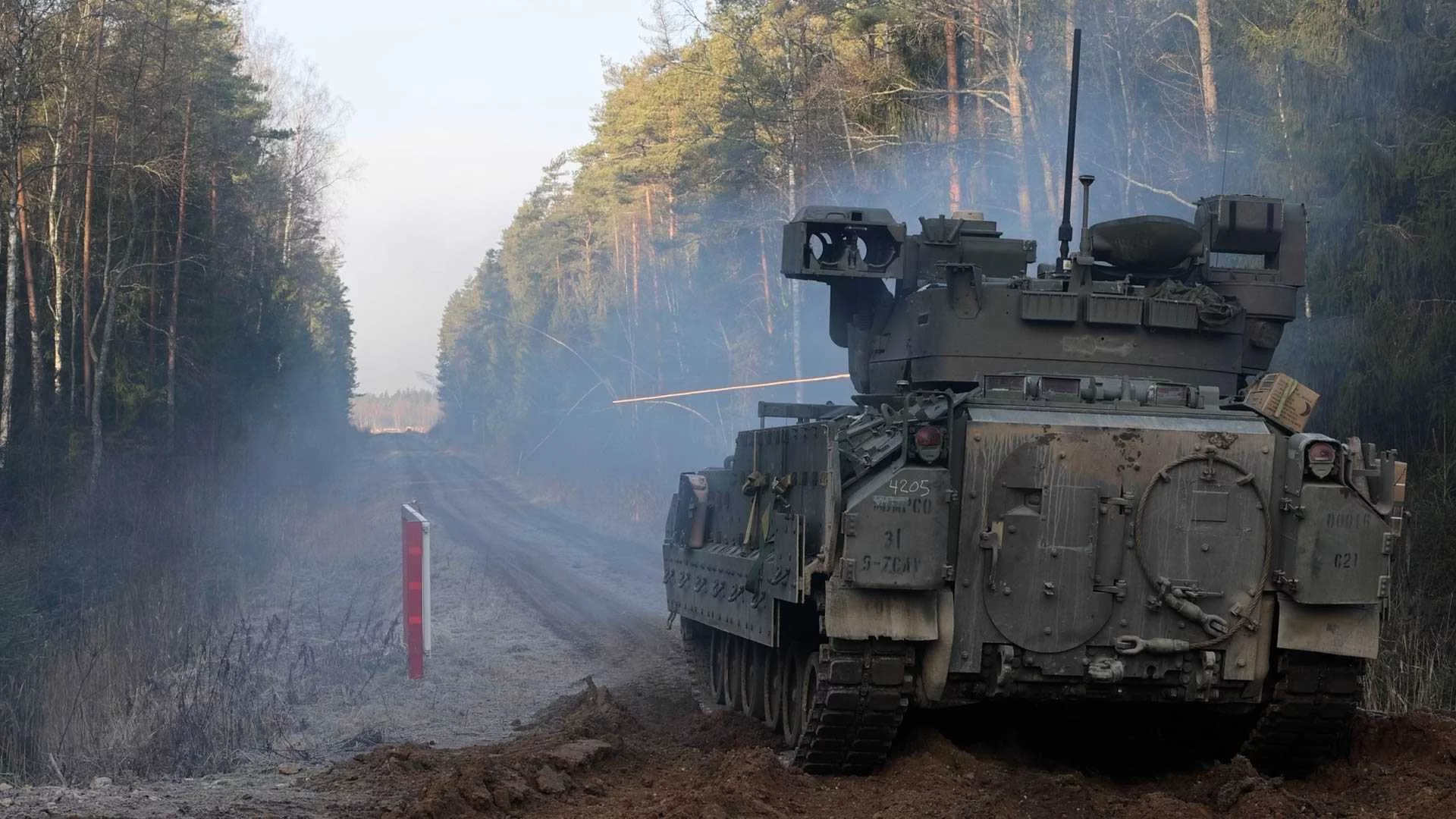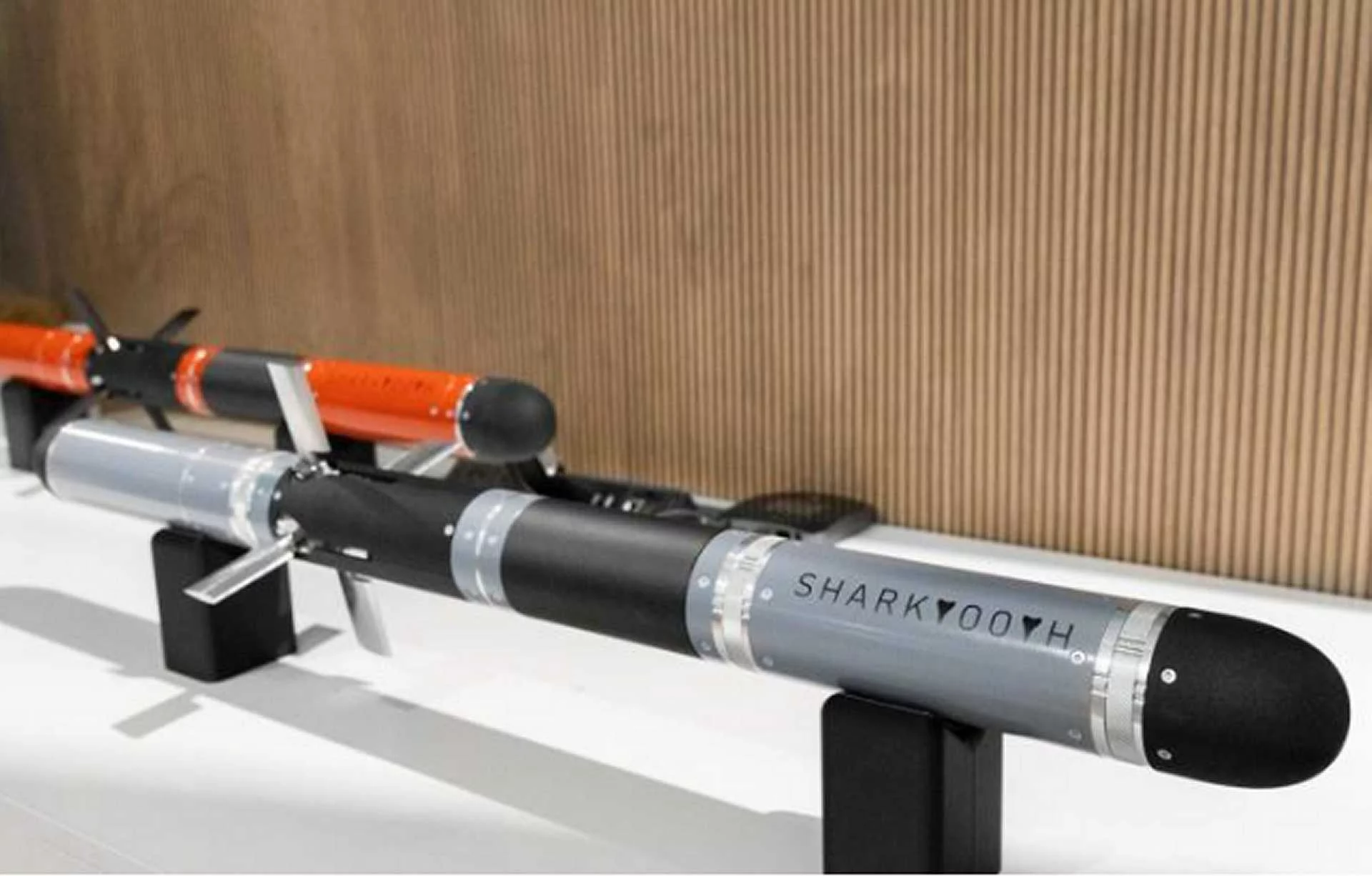Hey folks, if you’re into military tech or just keeping tabs on global defense moves, buckle up because there’s some big news coming out of the US-Australia alliance. On September 30, 2025, the US State Department gave the green light to a massive $705 million deal that’ll arm Australia with 48 M142 High Mobility Artillery Rocket Systems—better known as HIMARS. This isn’t just another arms sale; it’s a game-changer for Australia’s defense posture, especially with all the tension brewing in the Indo-Pacific region. Let’s dive deep into what this means, why it’s happening now, and how it fits into the bigger picture of international security.
First off, let’s talk about what HIMARS actually is, because if you’re not a defense geek, this might sound like just another acronym in a sea of military jargon. The M142 HIMARS is basically a high-tech, truck-mounted rocket launcher that’s designed for speed, precision, and serious firepower. It’s built on a rugged 6×6 FMTV chassis, which means it can zoom across rough terrain, fire off a salvo of rockets or missiles, and then scoot away before the enemy even knows what hit them. We’re talking ranges that blow traditional artillery out of the water—up to 70 kilometers with Guided Multiple Launch Rocket System (GMLRS) munitions, and a whopping 300 kilometers with the Army Tactical Missile System (ATACMS). That’s the kind of reach that lets you strike deep behind enemy lines without putting your troops in harm’s way.
This system didn’t just pop up overnight; it’s got a solid history of proving its worth in real-world conflicts. Back in the early 2000s, the US Army started rolling these out, and they’ve seen action in places like Iraq and Afghanistan, where their mobility helped turn the tide in urban and asymmetric warfare. But the real star turn came in Ukraine, where HIMARS units supplied by the US have been absolutely devastating Russian supply lines, command centers, and ammo dumps. Ukrainian forces have used them to pull off precision strikes that have shifted entire battle dynamics, showing just how crucial long-range artillery is in modern wars. For Australia, a country with vast coastlines and a need to defend against potential threats from afar, this tech is like upgrading from a slingshot to a sniper rifle.
Now, why is Australia snapping these up? Well, it’s no secret that the Indo-Pacific is a hotbed of geopolitical friction right now. With China’s military buildup, territorial disputes in the South China Sea, and ongoing saber-rattling from North Korea, nations like Australia are beefing up their capabilities to deter aggression and protect their interests. This deal isn’t happening in a vacuum—it’s part of a broader strategy under the AUKUS pact, where Australia, the UK, and the US are teaming up on everything from nuclear subs to advanced weaponry. By grabbing these 48 HIMARS units, Australia is not only boosting its own army’s long-range strike power but also making sure it can seamlessly integrate with US and allied forces during joint operations. Imagine US Marines and Aussie troops coordinating strikes across the Pacific; this setup makes that a whole lot easier and more effective.
Let’s break down the deal a bit more. According to the US Defense Security Cooperation Agency (DSCA), the package is valued at around $705 million and includes the HIMARS launchers themselves, plus a bunch of related gear to keep them running smoothly. We’re talking training programs for Aussie operators, spare parts, technical support, and probably some initial munitions to get things started. It’s not just about the hardware; it’s about building the expertise and logistics chain to make these systems a core part of Australia’s defense arsenal. The original announcement from the State Department highlights how this sale supports US foreign policy by strengthening a key ally’s security without upsetting the regional military balance. In other words, it’s a win-win: Australia gets top-tier firepower, and the US reinforces its network of partners in a volatile area.
Comparing HIMARS to other rocket systems out there, it really stands out for its balance of features. Sure, you’ve got tracked alternatives like Germany’s MARS II or South Korea’s K239 Chunmoo, which pack similar punches, but HIMARS wins on mobility and ease of maintenance. Its lighter weight means it can be airlifted or shipped quickly, and since it uses NATO-standard ammo, resupply during multinational ops is a breeze. For a country like Australia, which has to cover huge distances across land and sea, this flexibility is priceless. It also ties into Australia’s ongoing military modernization efforts, like upgrading their artillery regiments and investing in drone tech to spot targets for these bad boys.
On the strategic front, this move sends a clear message to potential adversaries. Australia’s not just sitting back; they’re actively enhancing their deterrence capabilities. Think about it: with HIMARS, they can project power far beyond their shores, protecting vital trade routes and infrastructure from threats. It’s all aligned with Washington’s push to empower allies in the face of rising Chinese influence—stuff like increased naval patrols and joint exercises. Critics might argue that arms sales like this escalate tensions, but proponents say it’s essential for maintaining peace through strength. Either way, it’s a reminder that defense ties between the US and Australia are tighter than ever, especially post-AUKUS.
Wrapping this up, the approval of this $705 million HIMARS deal is more than a transaction—it’s a strategic pivot that could reshape how Australia defends itself in the coming years. As tensions simmer in the Indo-Pacific, having tools like these ensures that Australia isn’t caught off guard. Keep an eye on how this plays out; we might see more such collaborations as the world navigates these choppy waters. What do you think—smart move or overkill? Drop your thoughts below!




